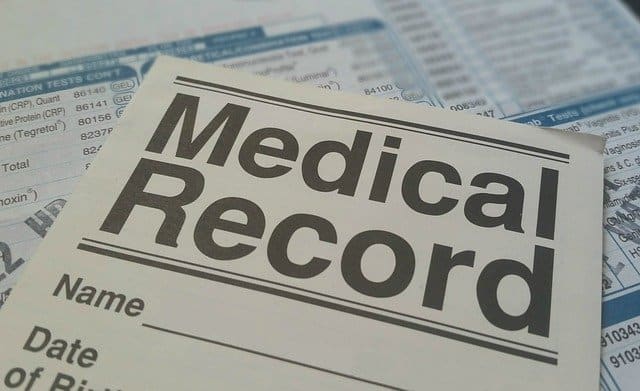Dealing with chronic and acute illnesses means dealing with numerous tests, testing facilities, labs, doctors, and pharmacies. In most cases, it means changing or interchanging them depending on a patient’s needs and preferences. Since patients will likely have separate medical records in different places, health professionals have to find ways to keep their health records safely, accurately, and organized where they can be retrieved every time they’re needed by another healthcare professional.
Remote patient monitoring ensures patients get the proper medical attention on time and medical follow-up when required. That’s why many institutions prefer to use a remote patient monitoring platform to help track these records. Here are four ways you can do this for your patients.
Keep records in the Cloud
The battle between cloud-based servers and in-house servers is still on as far as patient records and access are concerned. Cloud-based servers, however, take the lead every time. In-house servers often experience technical glitches and may also be down for maintenance. During this time, no patient records can be recorded or accessed. When it comes to cloud-based servers, maintaining and tracking patient records is the main feature, making it a better server to use for keeping patient records.
Record only through EMR
The best decision you can ever make in your clinic from your patients is to discontinue physical recording of patient information. It’s not easy to shift things, but the software’s EMR module can help make things easier for you. With only one format of the records available, remote patient monitoring becomes much more manageable, safer, and faster. However, make sure you are not using both manual medical record-keeping and EMR together for more efficient tracking.
Unique clinic identity document (UCID)
Keeping track of medical records is key to protecting your patient’s health. The best way to do this is to use the unique alphanumeric code generated by the clinic management software for every new patient at the clinic. You can customize the software to create IDs and ensure every patient’s information henceforth is stored under the same ID. This unique code cannot be assigned to any other patient, and this ID becomes equal to a personal locker or safe in the software. To access any patient’s information, all you need to do is key in the correct UCID and, of course, the rights to access.
Integrate accurately and completely
While the clinic software can be customized to generate unique UCID for new patients, the old patient records also need to be integrated into the same system. That’s why integration is an essential factor to consider when choosing a clinic software. Remember, you cannot afford to lose or neglect the medical records of your old patients. They need to be entered manually or digitized to the system where they can be accessed in the same manner as the new ones.
Keeping your patients’ health records has many benefits like details about a person’s illness, treatment plans, and follow-up. If you lose them, there will be no way of knowing how far into the disease or treatment a patient has gone. It also helps patients have confidence in their professionalism.

